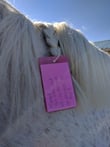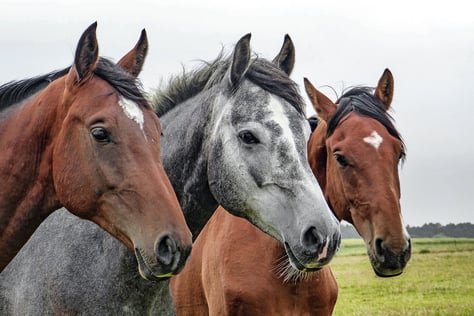[gallery ids="1912,1921" type="rectangular" orderby="rand"]
This month has been just one disaster after another for most of the country, especially for horse owners. From hurricanes in the south to fires in the west, nearly everyone has been effected by some concern for the safety of their horses in case an evacuation is required. It may be too late to prepare for the current emergencies, but you can prepare for the future.
The most important thing to do? Have a plan. Don’t THINK about having a plan – HAVE A PLAN! Flooding and fire are the two most common causes for evacuation of horses from your barn. Who will do what, where will horses go, what about hay and feed, how will you i.d. your horses later?
- How will you monitor the situation – TV, radio, social media? Who is most likely to have the most up to date information? Social media is great, but they may not have all the information such as road closures, evacuation centers, etc.
- Who is responsible for relaying the information to horse owners or others associated with your barn? How will you communicate this?
- Will owners be required to come in and take care of their own horses or will the barn manager take responsibility as the lead on decisions.
- What are the options for evacuation? A barn fire may just necessitate moving horses to a faraway pasture. Larger disasters may mean moving several miles away. Is everyone going together? Who decides who goes where?
- Who has trailers, how many horses can each haul, how is most likely to be able to get to the barn quickly, can others haul someone’s trailer if the owner is not available?
- Will you take feed and supplies for all horses or are owners responsible for getting their own feed. What about medications?
- Will someone be responsible for taking tack, water/feed buckets, etc?
- Do you have an emergency supply of halters and lead ropes stored somewhere for easy access. Even if you normally keep your horse’s halter close by, in all the chaos of evacuation you may find your halter/lead missing.
- If your horse isn't comfortable being trailered, practice, practice and practice so that he loads easily. A fire or flood is no time to learn your horse isn’t a good loader.
- Finally, look at the tough decisions. What will you do if you can’t take your horses? It’s better to put on a break-away halter with your i.d. and turn them loose. They will do their best to survive. Don’t tie them up or leave them in a stall and hope someone will come and rescue them.
 There are several ways you can keep your horse i.d. to be returned to you. I use an engravable dog tag from the pet store – many are now engravable on both sides. I put all my contact information and attach it to my horse’s halter. Or write your phone number in indelible ink or paint on your horse’s hooves. Or, write your contact information and seal in a waterproof bag. Braid or tie it into your horse’s mane.
There are several ways you can keep your horse i.d. to be returned to you. I use an engravable dog tag from the pet store – many are now engravable on both sides. I put all my contact information and attach it to my horse’s halter. Or write your phone number in indelible ink or paint on your horse’s hooves. Or, write your contact information and seal in a waterproof bag. Braid or tie it into your horse’s mane.
We hope you never have to face a disaster that puts you and your animals at risk. But just in case, make sure you have a plan in place - and everyone knows what it is.



